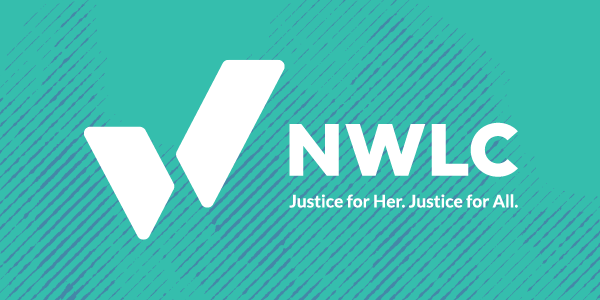Abortion rights, women of color, and LGBTQIA+ people are under attack. Pledge to join us in fighting for gender justice.
Donald Trump’s Budget Leaves Vulnerable Families Out in the Cold

 President Donald Trump seems to think that making “America First” means putting families out in the cold. The Trump “skinny budget” lacks the detail found in a full budget and fails to discuss his plans on taxes or mandatory spending programs such as Medicare or Medicaid, but what he does say spells disaster for families. For instance, Trump’s budget would eliminate the Low-Income Home Energy Assistance Program, which helps families pay their heating bills in bitter cold winter months or cooling in the sweltering summer heat. LIHEAP provides short-term assistance to low-income people who cannot afford the seasonal spikes in energy costs, who need to restore heat, or whose heating or cooling equipment needs repair. Over three-quarters of these homes have at least one elderly person, a person with disabilities, or a young child. LIHEAP prevents families from having to choose between paying for heating or buying food.
President Donald Trump seems to think that making “America First” means putting families out in the cold. The Trump “skinny budget” lacks the detail found in a full budget and fails to discuss his plans on taxes or mandatory spending programs such as Medicare or Medicaid, but what he does say spells disaster for families. For instance, Trump’s budget would eliminate the Low-Income Home Energy Assistance Program, which helps families pay their heating bills in bitter cold winter months or cooling in the sweltering summer heat. LIHEAP provides short-term assistance to low-income people who cannot afford the seasonal spikes in energy costs, who need to restore heat, or whose heating or cooling equipment needs repair. Over three-quarters of these homes have at least one elderly person, a person with disabilities, or a young child. LIHEAP prevents families from having to choose between paying for heating or buying food.
Helping households afford heating and cooling often saves lives. In 2014, a CDC study found that about 2,000 people die every year in United States due to weather-related causes. Only 6 percent of these deaths are attributable to floods, severe storms, tornadoes, hurricanes, or lightning. The majority – 63 percent – were caused by cold weather and the remaining 31 percent were caused by hot weather. The study also found that weather-related deaths were more likely in rural areas, where residents are isolated or may have access to fewer services. And the weather-related death rate more than doubled for households with incomes below $36,000, as compared to households with incomes over $49,000.
Despite the critical assistance that LIHEAP provides to low-income families, President Trump proposes eliminating the program. Eliminating the program would put 6.3 million households out in the cold. That’s households in all 50 states, including many states in the Northeast and Midwest:
- There are nearly 400,000 homes in Pennsylvania served by LIHEAP. The director of Pennsylvania’s LIHEAP program, said that “the LIHEAP program in Pennsylvania does not receive any funding outside of the Federal allocation it receives. If a cut in funding occurred, Pennsylvania would be unable to continue to serve its residents at the current rate.” Many of Pennsylvania’s LIHEAP residents are also located in rural areas, meaning that they rely on deliverable fuels, which are more expensive and have large up-front costs.
- Over 430,000 homes in Ohio are served by LIHEAP. In a state that was hit hard by the recession and is always hit hard by winter, Ohio has seen large growth in the number of people who need energy assistance. They even recently winterized an entire rural town using LIHEAP funds. Weatherization keeps a family’s heating and cooling bills low – improving energy efficiency can lower energy bills 30 percent.
- Nearly 470,000 households in Michigan receive LIHEAP assistance. The state predicted that it would lose nearly $170 million this coming year without LIHEAP. Michigan is a state where it is not illegal for a utility to shut off heat during the winter, even though freezing temperatures are the norm. This means that low-income people who lose LIHEAP assistance would truly be choosing between heating and eating.
- Over 225,000 homes in Wisconsin receive LIHEAP assistance. And in House Speaker Paul Ryan’s district alone, that amounted to over $91 million in assistance to low-income families in 2016. Speaker Ryan recognizes how much LIHEAP benefits Wisconsinites and has been a vocal supporter in the past.
No family should have to decide between heating and eating, and the President’s budget should not leave millions of the most vulnerable Americans out in the cold.




